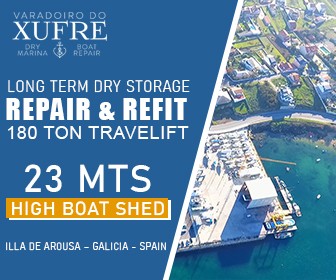Atlantic Iberian Peninsula [“Orca Alley”]: Passage Planning Part 1
A transit along the stretch of coast between northern Spain and Gibraltar (encompassing the coast of Portugal) now carries the risk of encountering orcas. Careful preparation is required to ensure you have knowledge of where the orcas are going to be, how you can protect your boat and crew and what to do in case of an encounter. This is the first in a series of guidelines, in collaboration with the Cruising Association, as to how you can best-prepare for a passage in this area and what you can do to help those following in your wake. Subsequent articles in the series are linked to at the top of this report.
Published 10 months ago, updated 7 months ago
Passage Planning for the Atlantic Iberian Peninsula
Part 1. (in collaboration with the CA)
Read Part 2. FAQs HERE.
Read Part 3. What to do at sea should you encounter orcas HERE.
Read Part 4. Analysis of orca locations HERE.
By the New Year, many cruisers in northern Europe have warmer destinations on their minds, and getting south – unless you are heading through the French canals – requires a transit around the Iberian peninsula. The stretch of coast between northern Spain and Gibraltar (encompassing the coast of Portugal) has been much talked about in recent years because of the number of yachts that have encountered orcas playing with their rudders, and in some instances breaking them.
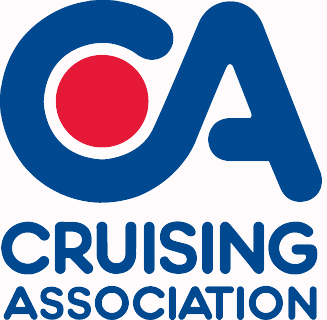

The Cruising Association [CA] has been collecting data since June 2022, in collaboration with Grupo de Trabajo Orca Atlántica [GTOA], both from skippers that have encountered orcas and those that have had an incident-free (uneventful) passage along this coast. This valuable data has enabled a huge library of reports and guidance to be established for yachts, which continues to grow as more passage reports are received.
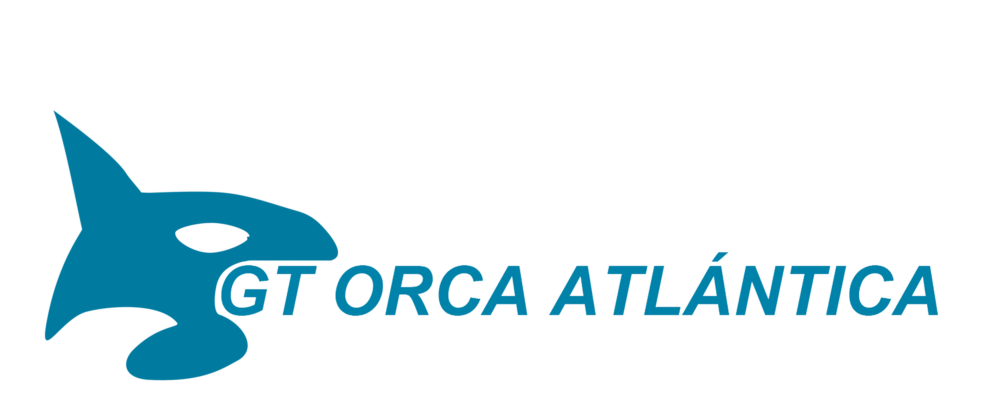

If a passage through “orca alley” is in your plans this year, be sure to use the CA’s free resources to stay informed as well as contribute to this incredibly important project post-passage to help keep both sailors and orcas safe.
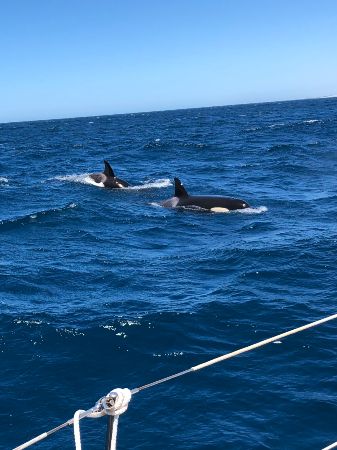

Passage Planning Tips if transiting through orca territory:
Understand the migration routes of the orcas – and review past interaction data on both the CA and GTOA websites, with the understanding that there are some changes from year to year.
https://www.orcaiberica.org/en/interacciones-registradas and www.theca.org.uk/orcas/reports.
Plan your route to stay out of danger.
Take precautions and review the CA Orca Project collated library of skippers’ comments on deterrent measures – www.theca.org.uk/orcas/interaction-deterrent-library – and GTOA traffic light risk map – https://www.orcaiberica.org/en/recomendaciones.
Know your safe havens.
Know the orca encounter protocol – www.theca.org.uk/orcas.
Note VHF and emergency numbers for the Maritime Rescue Coordination Centre, Maritime Search and Rescue and Coastguard of the waters you are transiting.
Emergency Services Telephone: France 196 / Spain 900 202 202 / Portugal 112.
Research boatyards along your route that can accommodate your boat size/type, should you need it.
Bookmark the main reporting apps:
- GT Orcas – download at Apple Store and Google Play.
- Orcinus – download at Apple Store and Google Play.
Bookmark the CA reporting form (both interaction and uneventful passage):
- www.theca.org.uk/orcas/interaction-report-form
- www.theca.org.uk/orcas/uneventful-passage-report-form
Submit a report to the CA.
Discover, learn, share and help others
https://www.theca.org.uk/orcas
Next month we will cover frequently asked questions prior to departure.
Useful Orca Links:
- For a short history of orca encounters around the Iberian peninsula see the Noonsite orca page.
- Orca Encounters on boats: What you need to know (Practical Boat Owner January 2024)
- Useful recording of CA webinar Orca and Yachts: Fact, Fiction and Fear (May 2023)
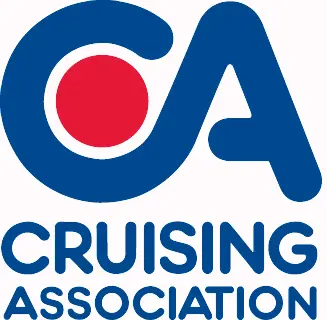
The Cruising Association [CA] has been collecting data since June 2022, in collaboration with Grupo de Trabajo Orca Atlántica [GTOA], both from skippers that have encountered orcas and those that have had an incident-free (uneventful) passage along this coast. This valuable data has enabled a huge library of reports and guidance to be established for yachts, which continues to grow as more passage reports are received. If a passage through “orca alley” is in your plans this year, be sure to use the CA’s free resources to stay informed as well as contribute to this incredibly important project post-passage to help keep both sailors and orcas safe.
Related to following destinations: A Guarda, Albufeira, Algeciras, Alvor, Atlantic Coast (Portugal), Aveiro, Aviles, Baleeira (Sagres), Barbate, Bilbao, Burela, Cadiz, Cascais, Chipiona, Corcubion, Ensenada de Santa Marta, Figueira da Foz, Finisterre, Gibraltar, Gibraltar Port, Gijon, Guetaria, Hondarribia, Huelva, Isla Canela, Isla Cristina, La Coruna, Lagos, Leixoes (nr Porto/Oporto), Lisbon, Mazagon, Mutriku, Nazare, North West Spain, Oeiras, Pasaia, Peniche, Portimao, Porto (Oporto), Portugal, Povoa de Varzim, Ria de Arousa, Ria de Camarinas, Ria De Cedeira, Ria de Muros, Ria de Pontevedra, Ria De Ribadeo, Ria de Vigo and Baiona, Ria De Viveiro, Ria Formosa (Faro & Olhao), River Guandiana - Ayamonte, River Guandiana - Sanlucar, Rota (Spain), San Sebastian, Santander, Sesimbra, Setubal, Sevilla, Sines, South Coast (Algarve), South West Coast (Spain), Tarifa, Tavira, Troia, Viana do Castelo, Vila Real de Santo Antonio, Vilamoura
Related to the following Cruising Resources: Atlantic Ocean East, Cruising Information, Orcas and Yachts, Planning and Preparation, Routing




